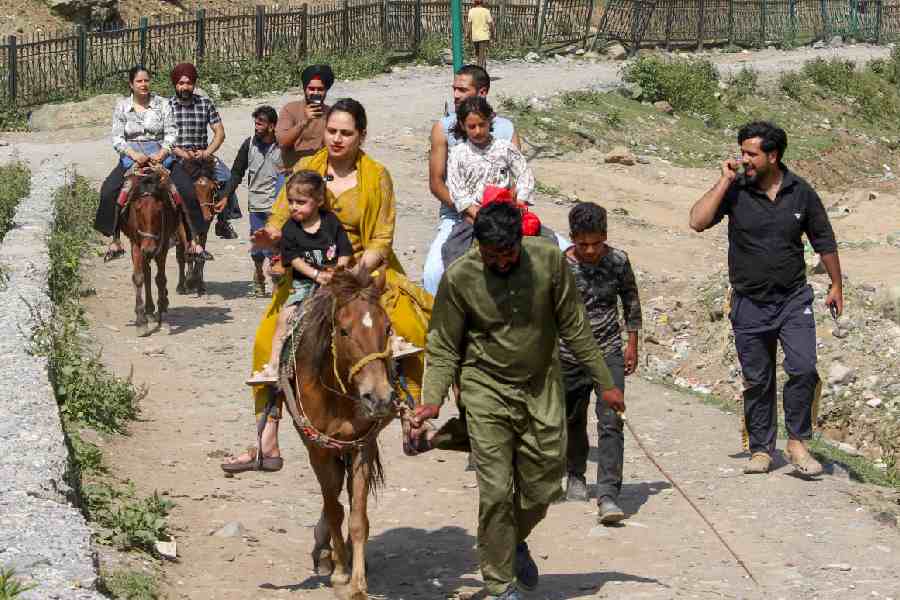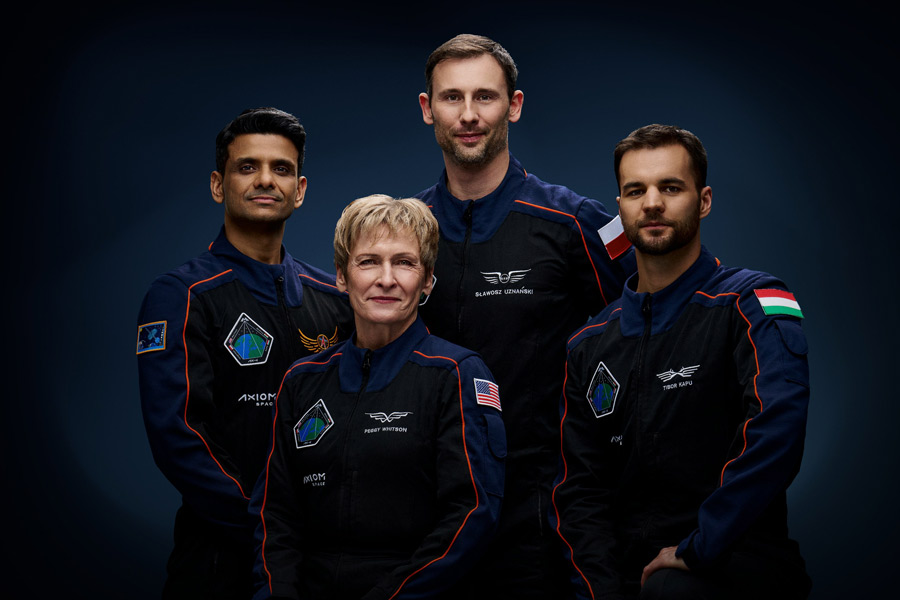It indeed was a miraculous escape for Airbus 320 that crash landed on the Hudson on January 15. Since not a single fatality was reported and all the passengers were rescued, Captain Chesley Sullenberger of the US Airways deserves the compliments that have been coming his way from commoners as well as the high and mighty in the United States of America.
In fact, while turning the pages of history of air crashes during the last 50 years, one rarely found such a spectacular instance of non-fatal, yet unavoidable, crash landing on water. On most occasions, air crashes occur at the take-off course or landing funnel, resulting in a fall from air to ground. Given the speed of an aeroplane, and the consequential velocity of descent, the majority of air crashes is fatal or near-fatal.
Seen in this context, one has to admire Sullenburger’s unique feat. However, without underestimating his heroic act, one must also remind the world that exactly 15 years ago, an Indian pilot, Captain Ram P. Bhalla, flying an Airbus 300, force-landed in paddy fields near the Tirupati airfield. As in 2009, all 262 passengers and crew on board survived. Unlike Sullenberger, however, the Indian pilot never got any appreciation from any quarter. Far from showing gratitude, the Directorate General Civil Aviation of India pulled up Captain Bhalla for wrong judgment and miscalculation. He was barred from flying for days and remained on ground without being put onto a flight roster.
Captain Bhalla’s plane was to land at Hyderabad. With 250 passengers and 12 crew members, the plane weighed 140 tons. The drama began when flight IC 440 started descending. The visibility — known as runway visual range or RVR —dropped drastically, thereby stopping operations at the Hyderabad airport temporarily. Unable to sight the runway at decision height — the altitude at which one starts the final approach to touchdown — the commander carried out a “go-around.” Misfortune struck soon thereafter, as the aircraft’s flaps, the movable surface forming part of the wing to exert pressure on lift as well as on pre-touch down manoeuvres, failed to retract from the fully extended position. Unable to free the flaps and finding that the visibility at the two nearby airfields was even worse than at Hyderabad, the commander decided to divert back to Madras.
Different approach
Owing to the aircraft’s jammed flaps, its airspeed had to be limited to a maximum of 180 knots. Flying in this configuration at a height of 15,000-17,000 feet above mean sea level dramatically increased the aircraft’s fuel consumption. As the aircraft’s fuel was insufficient to reach Madras, the commander sought assistance from Madras Control in navigating the plane to Tirupati. However, with very little fuel left, the flight force-landed in a paddy field near Tirupati. Expectedly, the aircraft suffered irreparable damage, but the occupants were evacuated safely. With the exception of 8 passengers, the others were unhurt.
Despite the astounding landing, Captain Bhalla’s actions were questioned and criticized. Critics said that he should not have proceeded to Madras, and instead hovered over Hyderabad. It was also said that during the attempted diversion to Madras, the Captain and his flight crew failed to make a proper assessment of fuel available and missed the opportunity to return to Hyderabad or divert to Vijaywada while it was still possible. The court of inquiry concluded that the “accident was caused by human failure and it was preventable....”
The incident clearly shows that Indians, unlike Americans, love to belittle their heroic countrymen. The difference in approach of the two nations towards two unprecedented non-fatal aircraft crashes is too conspicuous to be ignored.











